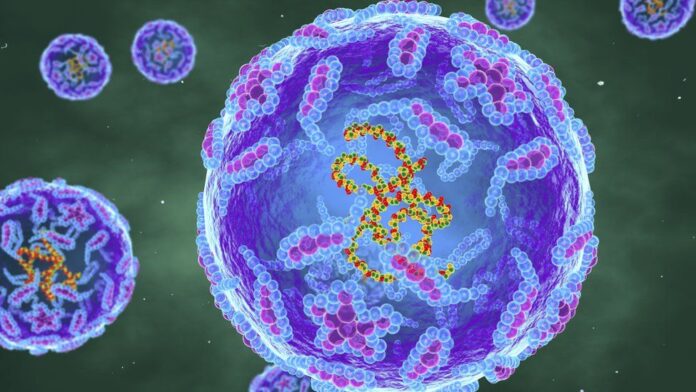The polio virus was found in a New York City suburb’s wastewater a month before a case was discovered in July, according to health officials.
The instance, which is the first to be reported in the US since 2013, was discovered in a patient in Rockland County.
No other instances have been found, according to officials, and it is unclear at this time if the virus is actively spreading.
A vaccine effort that started in 1955 led to the nearly complete eradication of polio in the US.
The US Centers for Disease Control and Prevention (CDC) assert that the discovery of polio in the local wastewater raises the possibility that other people are passing the virus in their stool.
Last month, authorities revealed that the patient from Rockland County had never had a vaccination and that it was likely that he had been in contact with someone who had.
Although it does not necessarily imply that the patient had travelled there, officials added, laboratory tests revealed the strain in the confirmed case was genetically connected to one detected in Israel. It was also connected to viral samples found in the UK.
UK health officials said last month that a significant percentage of sewage samples from London had the polio virus present.
Although a vaccine can prevent it, there is currently no recognised cure for polio. The majority of those who are affected are children, and the most severe cases can cause death or lasting damage.
Both the US and the UK utilise an inactivated polio vaccine as a standard component of their children’s immunisation schedule. According to CDC immunisation data, more than 93 per cent of toddlers in the United States have received at least three doses of the polio vaccine.
Due to the effective vaccination programme, annual cases in the US rapidly decreased from more than 100 in the 1960s to less than 10 in the 1970s. By 1979, the United States was declared polio-free.
Mary Bassett, the top health official in New York, advised all Americans of all ages to receive the polio vaccine on Monday.

















